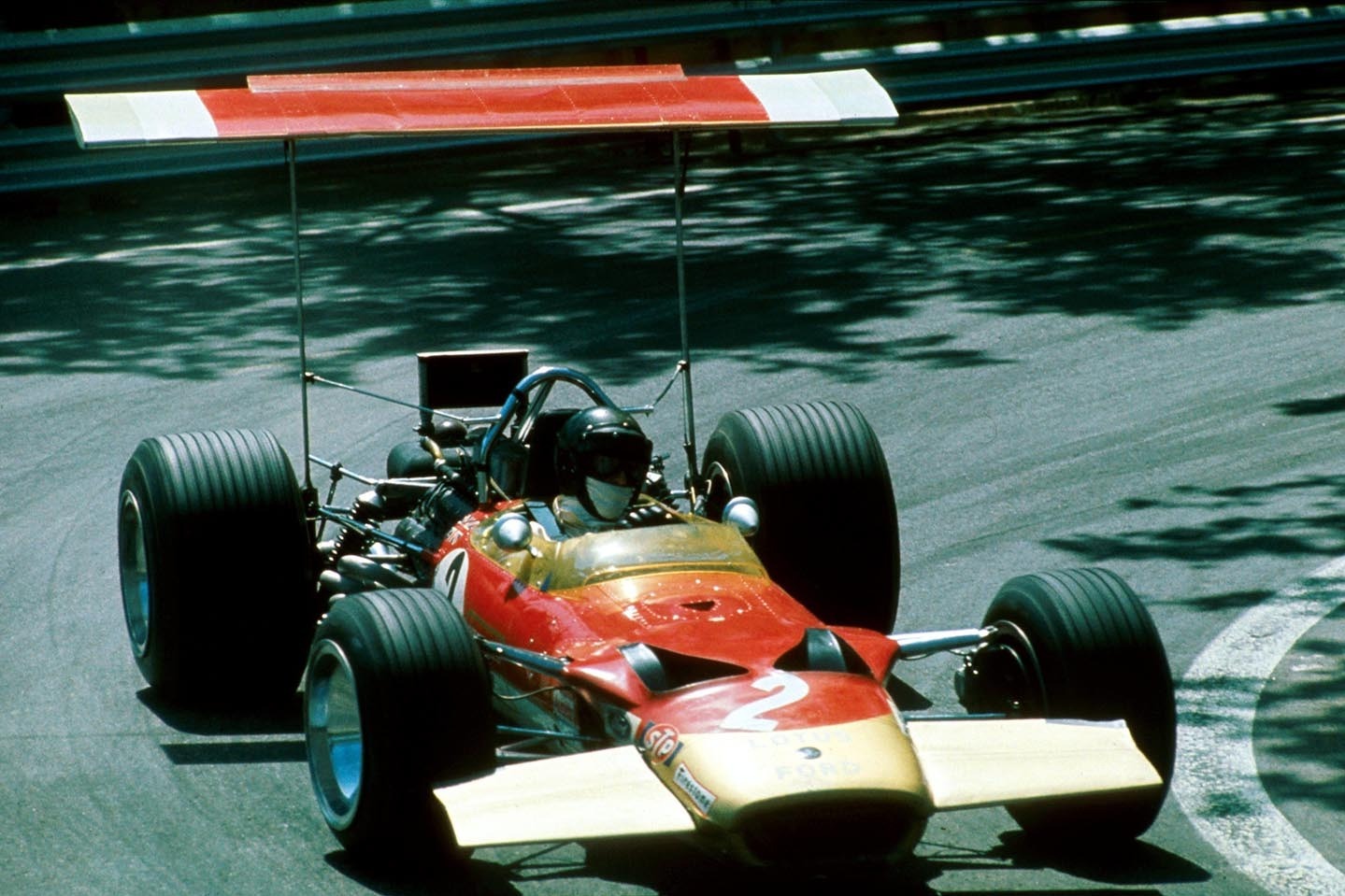Here’s an open message for everyone passionate about Formula 1 racing. My aim is to present some facts regarding the current use of aerofoils on most F1 vehicles with the intention of persuading self-proclaimed experts that these components ought to be prohibited.
Primarily, I oppose them for these two reasons:
1. Wings have no connection to an automobile engine. Incorporating them onto street-legal cars would be entirely inappropriate and impractical. It’s important to distinguish between wings and spoilers, as the latter seamlessly integrates with the vehicle design. While you might claim that wings add vibrancy to races, I must stress that Formula 1 is intended for serious competition rather than flamboyant displays akin to custom hot rods.
2. The use of wings poses significant risks, primarily to drivers and secondarily to spectators. Initially introduced into Formula 1 racing at Spa the previous year, these aerodynamic devices started out as small spoilers mounted on the fronts and backs of Ferrari and Brabham cars. At those early stages, their impact was minimal beyond providing some stabilization during high-speed runs. However, this beneficial aspect did not raise many concerns until a month later when Team Lotus unveiled fully developed wings at the French Grand Prix held in Rouen. It quickly became apparent how dramatically such appendages could influence performance through airflow manipulation. Yet, surprisingly, neither designers nor teams devoted sufficient consideration to potential malfunctions or alterations to competitive dynamics caused by employing these newfangled technologies.
Initially, designing a wing capable of withstanding various stresses poses significant challenges since predicting the magnitude of these forces is uncertain. Strengthening the wing increases its weight, leading to greater stress on the structure; conversely, making it lighter has the reverse effect. These insights aren’t original but stem from an acclaimed racecar designer known for success. However, despite potential setbacks due to wing failures causing several incidents over time, solving this issue seems achievable eventually.
Here’s some firsthand insight from racing with the wing. It operates based on air flowing over it, which shifts dramatically when following another racer—you get hit with their wake as they fully utilize their own wing. You might find yourself behind someone who's actually moving more slowly than you, yet unable to overtake them since coming close renders your wing ineffective, slowing down your speed significantly. This greatly diminishes the race quality. Additionally, the disturbance caused by their vehicle can make yours act erratically and uncontrollably.

The debris from Rindt's Lotus 49B following wing failure during the 1969 Spanish Grand Prix
Photo by: Motorsport Images
I believe this clarifies Jackie Oliver's incident at Rouen last year, and I've encountered comparable issues frequently myself; fortunately, I’ve always managed to avoid serious consequences up until now. It goes without saying that these experiences discourage tight competition, arguably one of the most thrilling aspects for viewers. Consequently, both audiences and racers would benefit from prohibiting wing usage.
Let’s examine the wing if anything happens to it. These wings frequently malfunction, yet fortunately, no one has sustained severe injuries as of now. The incident during the Spanish Grand Prix was the most significant up until this point; however, due to considerable fortune and the robust safety measures implemented by the Spanish organizers, the outcome wasn’t dire. Of course, I remain deeply thankful to the Automobile Club of Barcelona for fortifying the track with dual barriers and supplying highly effective marshals.
To clarify why my crash occurred, I was smoothly navigating one of the quickest turns on the circuit when my wing snapped and switched from generating downward force to exerting an upward thrust. This caused the rear of my vehicle to become airborne, putting me dangerously close to soaring over the double barrier on the inside of the track. Luckily, I managed to stay roughly ten inches lower than needed and ended up bouncing back onto the racing surface. I even captured this incident with a photo as evidence. Just visualize how catastrophic things could’ve been if the car had soared into spectators! Perhaps by next season our cars might be equipped with such large wings capable of causing these issues; consequently, race course proprietors must contemplate enhanced safety measures for fans. Additionally, spinning your car rapidly enough under certain conditions may result in uplift rather than grip, leading to backward movement.
In summary, I have reached the determination that wings pose significant dangers and ought to be prohibited.
Jochen Rindt
Begnins, Switzerland

Rindt's attempt to prohibit wings in Formula 1 was unsuccessful, yet this led to increased awareness and the implementation of safer regulation measures.
Photo by: David Phipps
